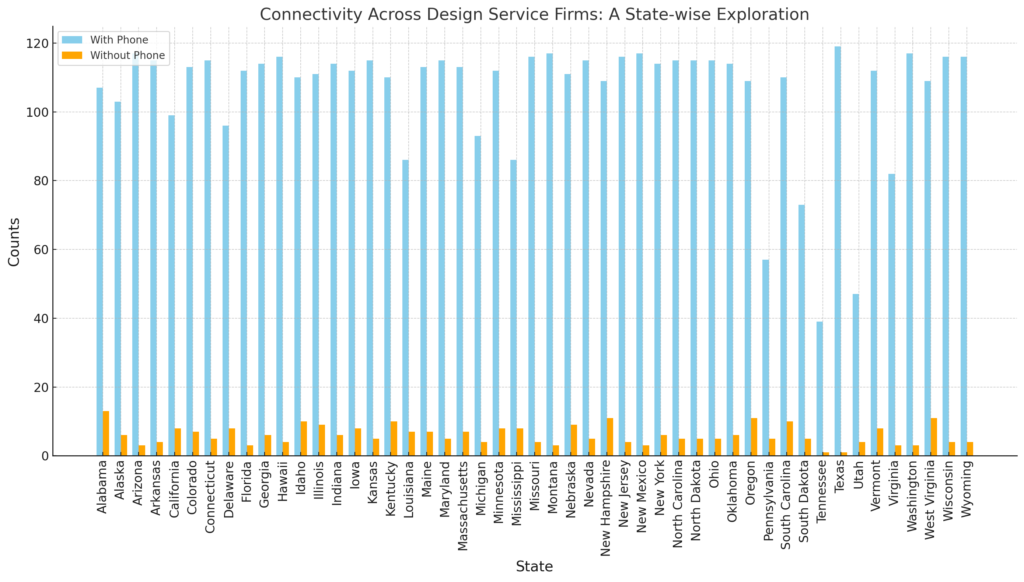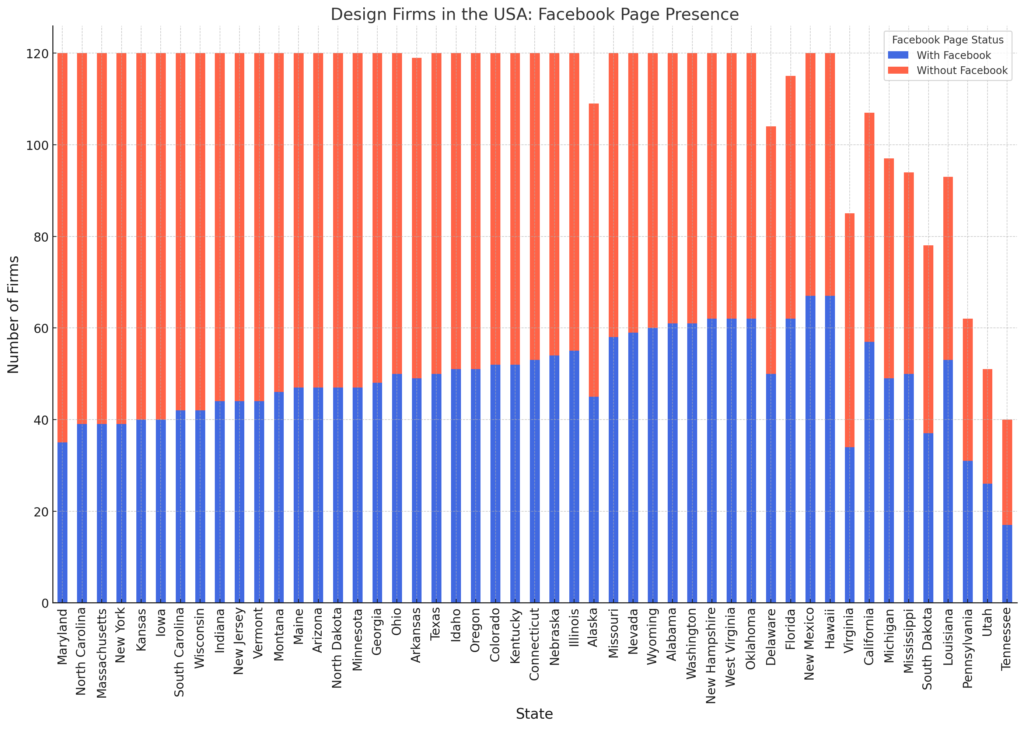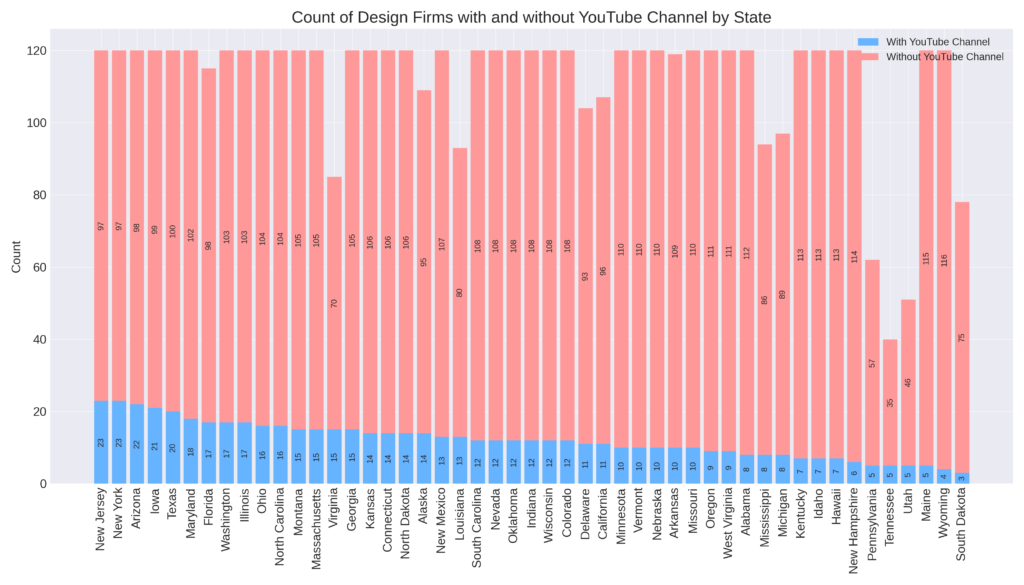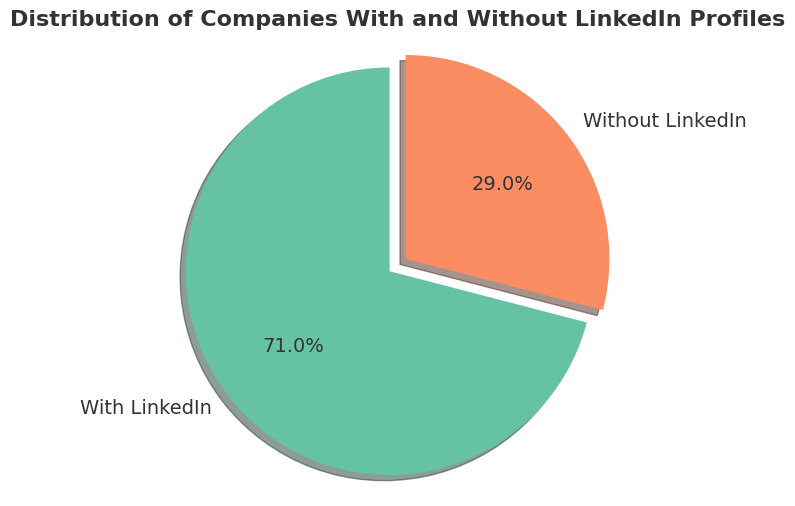Last month, I worked with 2 clients and completed a total of 49 pieces of content. Out of these, 46 were written for one client, while the remaining 3 were for another.
I allocated a portion of the earnings from this work towards poverty alleviation and tree planting. I am truly thankful for the opportunities they provided.

Recently, one of my clients made a surprising comparison and likened me to Usain Bolt. It was quite an unexpected compliment.
Two days later, I was up on the roof, where my wife was cutting my hair. That’s when a little ant made its appearance, seemingly to offer some motivation. I was struck by its diligent work ethic and determination, and it left me feeling inspired. In an unexpected twist, that tiny ant gave me a motivation boost that felt like it could last a lifetime.
Last month, I had the opportunity to create content for 40 product comparison pages. My task was to identify the drawbacks of competing products and highlight how our client’s product effectively addresses those issues. Luckily, I find this kind of work quite enjoyable because I’ve always been fond of analysis. The good news is that all 40 pages I worked on have been approved!
I’ve also worked on two presale pages, but they haven’t been reviewed yet. These presale pages were a bit of a departure for me because I hadn’t written anything quite like them before. The client entrusted me with these as a trial, given my success with comparison pages.

I always start with a trial article when onboarding a new client. It’s a way for me to grasp their specific requirements and preferences. It helps me tailor my writing style to meet their expectations, especially since I’ve worked with clients with diverse needs within the same niche.
Each client has unique needs, making it hard to gauge their expectations solely based on my previous work.
I prioritize incorporating relevant information and well-structured arguments into my content. I believe that quality content should focus on delivering valuable insights rather than just quantity. In the past year, I’ve collaborated with 4 clients who share this perspective.
Often, when I come across soaring vegetable prices, I hesitate to make a purchase. During the initial days, this situation left me pondering. It’s evident that commodity prices are on the rise worldwide. While it’s common for people to place blame on the government and voice their criticisms, I’ve taken some time to reflect on this matter.
According to the IMF, world food commodity prices have surged by nearly 40 percent over the past two years. For instance, wheat prices jumped by 38 percent in March 2022 compared to the previous month. Additionally, energy prices have seen a sharp increase, with natural gas prices in Europe tripling.
However, instead of simply pointing fingers, I decided to seek a solution. During one of my volunteer teaching sessions at an orphanage, a 3rd-grade student gifted me a Malabar spinach plant.
Inspired by this gesture, I created a small rooftop garden bed for planting vegetables. I left the vegetable plant there without much attention.
Surprisingly, despite neglect, the vegetable plant has thrived and grown considerably.
When I visit the market and observe the rising prices of vegetables, I’m reminded of the importance of self-sufficiency in this regard.
That’s why I decided to create another vegetable bed, but this time, I made it larger, measuring 69*37*10 inches.
First things first, I’m going to dive into making some quick compost in this fresh bed. I’ll be taking cues from Md. Abdur Rahim, the Assistant Agricultural Officer, and his helpful YouTube video on whipping up quick compost.
Later, I’ll transfer the soil from the previous bed to this one. My strategy includes producing a bit more quick compost. Up to now, I’ve gathered around 60 kg of manure and 12 kg of used tea leaves. I’ll be adding more dung and tea leaves to the mix.

Quick compost typically involves ingredients like hay, wood chips, cow dung, rice husk, and chicken droppings. In my case, I’ve included used tea leaves as an additional component. The ideal ratio for making quick compost is 1:2:4 (Mustard cake, wood dust, cow dung).
I don’t have any plans to use pesticides in my vegetable production. My goal is to meet my daily vegetable needs through this homegrown garden.
In our country, nearly every house in the village has cows and goats since most of the residents are farmers. However, after speaking with them, I realized that they lack knowledge of advanced agricultural techniques.
They are unaware that they have the potential to create high-quality compost if they wish to, as they have ample cow dung available in their households, which serves as the primary ingredient for composting. Unfortunately, this valuable resource often gets used as fuel, emitting smoke when burned. While this can pose a health issue, they could harness the cow dung to produce biogas, yet this concept remains unfamiliar to them.
They hold the misconception that applying more chemical fertilizers will lead to better crop yields, but this notion is quite misguided. Without proper soil care, it’s inevitable that soil quality deteriorates over time. Moreover, the costs of chemical fertilizers and pesticides continue to rise, and their excessive use further degrades soil quality. Meanwhile, the demand for vegetables remains consistently high and continues to grow.
To cope with this growing demand, the prevailing misconception suggests that farmers must resort to increased use of chemical fertilizers and pesticides. However, this approach is flawed. We are already witnessing a decline in soil quality, resulting in lower crop yields than what should be achievable.
I’m attempting to cultivate my own vegetables in this limited space with the aim of slightly increasing crop production. I’ll create quick compost and sow vegetable seeds later this month. I’ll provide regular updates on the progress and results.
From my experience working with many Filipinos, I’ve observed that they often choose to work in fields related to their studies. However, in our country, the most prevalent avenues for earning money online are digital marketing, web development, programming, SEO, affiliate websites, and content writing services. There’s a limited range of options beyond these.
After conversing with individuals from the Philippines, I’ve come to realize that there’s a significant opportunity we haven’t fully tapped into. Pursuing subjects that can lead to online earnings is a path that not many people explore here.
I’ve devised a plan for them. Initially, they’ll familiarize themselves with Gmail, Drive, Google Docs, Sheets, Forms, and Slides. I’ve personally created tutorials for each of these tools.
Anyone can enhance their skills by watching these videos. However, for those who wish to follow my guidance, I’ve established a practice where, after completing each video, they must tackle a set of numerical multiple-choice questions (MCQs). I’ll specify how many questions they should answer. Through their approach to these questions, I can easily assess their comprehension of the topic covered in the video.
They shouldn’t require more than 30 days to go through all the videos. Once they’ve completed the video series, they’ll be tasked with creating a resume.
Now, their task will involve sending out 20-25 internship application emails to various institutes daily. These emails will be directed towards organizations that offer services related to their respective fields of study. For instance, if someone holds a bachelor’s degree in mathematics, they could apply for an analyst position in a tech company or agency.
To send such a significant number of emails regularly, they need to gather email addresses systematically. To achieve this, they will compile a list of various companies and agencies they intend to apply to, using Google Maps. Subsequently, they will develop a Google Sheets script designed to extract email addresses from these websites. The script’s function will be to locate email addresses on the websites. With proper automation, it’s possible to collect at least 500 email addresses in a day. Additionally, they should prepare a script for sending out emails on a regular basis.
If someone has successfully completed my tutorial series on Google Sheets, then these tasks shouldn’t pose too much difficulty for them. By following this method consistently, it’s not very challenging for them to build an impressive portfolio.
References
- Soaring Vegetable Prices https://en.prothomalo.com/bangladesh/city/vegetable-prices-also-higher-than-normal. Accessed 3 Oct. 2023
- According To The IMF https://www.imf.org/en/Blogs/Articles/2023/03/28/volatile-commodity-prices-reduce-growth-and-amplify-swings-in-inflation. Accessed 3 Oct. 2023
- Md. Abdur Rahim, The Assistant Agricultural Officer https://dae.bogra.gov.bd/en/site/page/jjDO-উপপরিচালকের-কার্যালয়-কৃষি-সম্প্রসারণ-অধিদপ্তর-বগুড়ায়-কর্মরত-কর্মকর্তা-ও-কর্মচারীগণের-নাম-ও-মোবাইল-নম্বর. Accessed 3 Oct. 2023
- His Helpful Youtube Video On Whipping Up Quick Compost https://youtu.be/kaDgJ1mzkws. Accessed 3 Oct. 2023
















